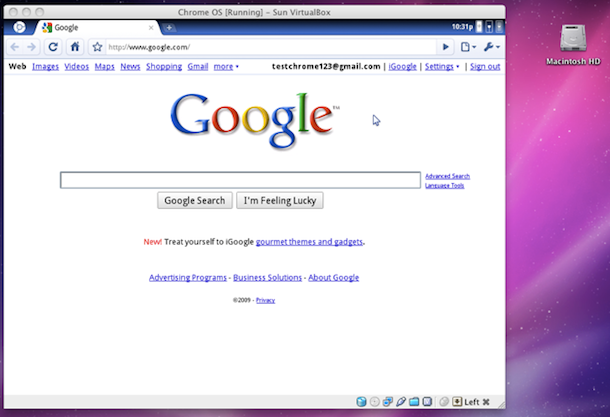Google Chrome Free Download For Mac Os X 10.11.6
13.03.2020
Google Chrome Free Download For Mac Os X 10.11.6 Rating: 6,1/10 7449 votes
NOTE: The latest operating systems require 2GB of RAM, but that is just how much the system resources need.To run any applications on top of that, you should have at least 4GB. If you run more than a few applications at once, or any memory-intense applications, you should have at least 8GB. Mar 21, 2016 The Mac will automatically reboot and complete the installation of OS X 10.11.4. Download photoshop trial for mac os x 10 10 update. OS X 10.11.4 Combo Update Download Links. Some advanced Mac users and sysadmins prefer to use package installers directly from Apple, thereby avoiding the Mac App Store.

Free Software For Mac
Support > Advice & Articles > Updating Mac OS
Subpages (3):Rate This ArticleShareUpdating Mac OS |